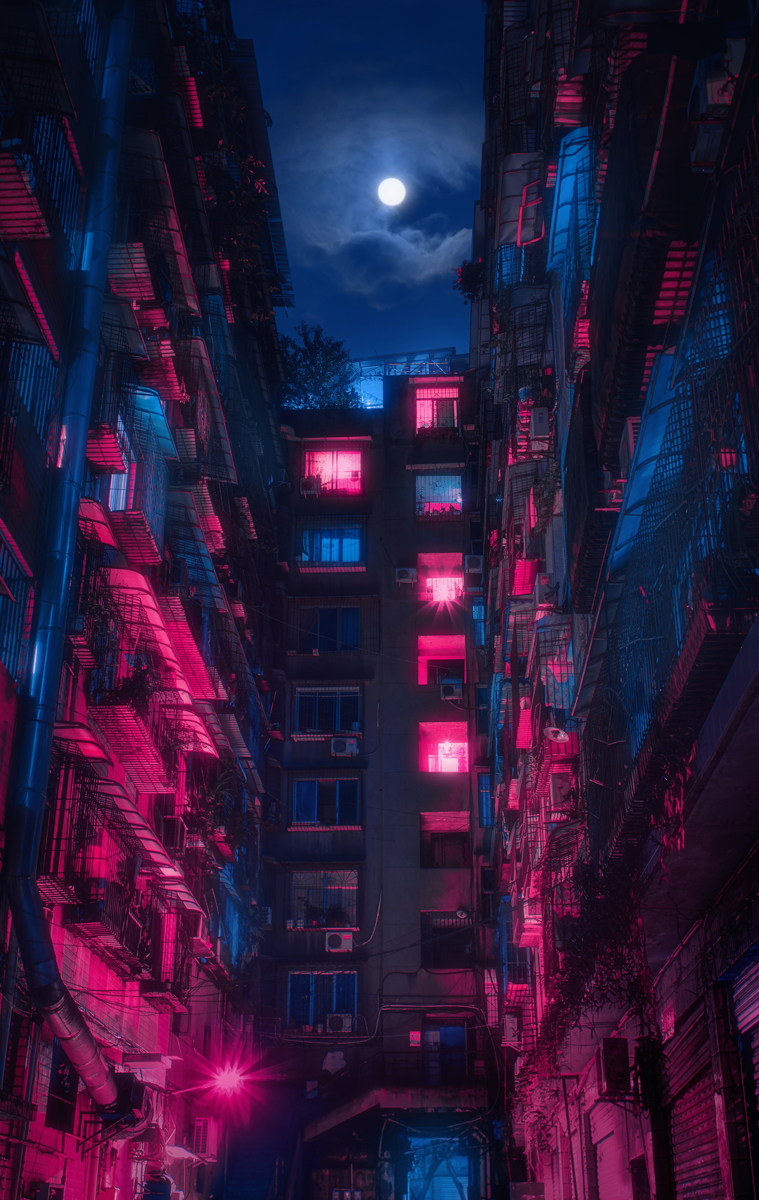The latest online gaming releases continue to draw plenty of excitement and intrigue among casual and hardcore gamers. The challenge for today’s gaming developers is to cater for millennial gamers brought up on a fare of Lo-Fi visuals and immersive storylines, alongside Gen Z and Generation Alpha gamers more au fait with next-generation gaming aesthetics like augmented and virtual reality.
You might be surprised to find that the most popular art styles aren’t always focused on replicating real-world environments.
2D art styles are still in vogue
2D art styles are also still used by some gaming developers in a bid to create a paper or comic-like aesthetic. Flat 2D concepts have enjoyed something of a renaissance in gaming if research from Game Refinery is to be believed. It states that even gaming genres that have historically focused more on 3D art styles over 2D concepts have moved towards cartoon-esque artistic styling, including sci-fi and historical game titles. Manga art styles are also now the most used in the ‘Hybrid’ game genre, which includes the US market as well as the Asian market.
2D art styling has reigned supreme in the iGaming development scene for some time, despite the advent of HTML5 technology that has brought video slot titles into 21st century. When it comes to distinguishing objects on-screen within a video slot, monochromatic art styling is surprisingly one of the most effective for iGamers. Shades and tints of colours make it easier to distinguish between items and images. Sweden-based iGaming software studio Nolimit City is one of the fastest-growing independent iGaming studios and its Tombstone RIP slot is an exponent of the monochromatic styling that is increasingly utilised by slot developers. This is one of Nolimit’s most popular titles and is listed with Mr Vegas Casino, which is considered one of the top five newly licensed operators in the UK in 2022 to date.
Realism art styles that deliver a dose of the real world
Okay, we admit we did say that the most enjoyable art styles in gaming aren’t inspired by realism, but that doesn’t mean they don’t influence the gaming world as we know it. There is a thirst for immersivity from a certain quarter of gamers online. Some simply want to play in environments that look and feel as close to reality as possible. There is a sense that realism in a game’s art style helps gamers to feel embedded in a game’s concept. That’s why survival and horror gaming genres are heavily indebted to realism aesthetics to give gamers a credible sense of fear and despair.
Fantastical realism to stretch the imagination of gamers
Of course, there’s also a cross-section of gamers who also enjoy the freedom to use their imagination in gaming worlds. Fantasy realism has emerged as a hugely popular art style. At face value, these games look no different to games with realistic art styling but delve deeper and you’ll soon see that these games go further than real life. 3D fantastical realism styles were characterised by the Polish-developed Cyberpunk 2077, which empowered gamers to play without an attachment to real-world settings – even if certain in-game elements remained true to real life.
Time-intensive freehand texture art styles are relevant too
The hand-painted art style has also characterised key elements of the online gaming scene, including some titles that have evolved into eSports behemoths. With textured detailing drawn freehand by illustrators and game architects, these environments are designed to appear as Lo-Fi versions of real-world settings. A halfway house between realism and cartoon art styles, if you will. Games like World of Warcraft and Dota have adopted freehand art styles with tremendous success. One of the main reasons they still prove so popular is their minimal intensity on graphics cards and other hardware – hugely important for titles that have gone on to become hit cross-platform casual games, including smartphone and tablet devices.
In summary, there are art styles befitting all kinds of gaming applications and concepts today, some of which don’t need to lean so heavily on advanced 3D game art tools.







